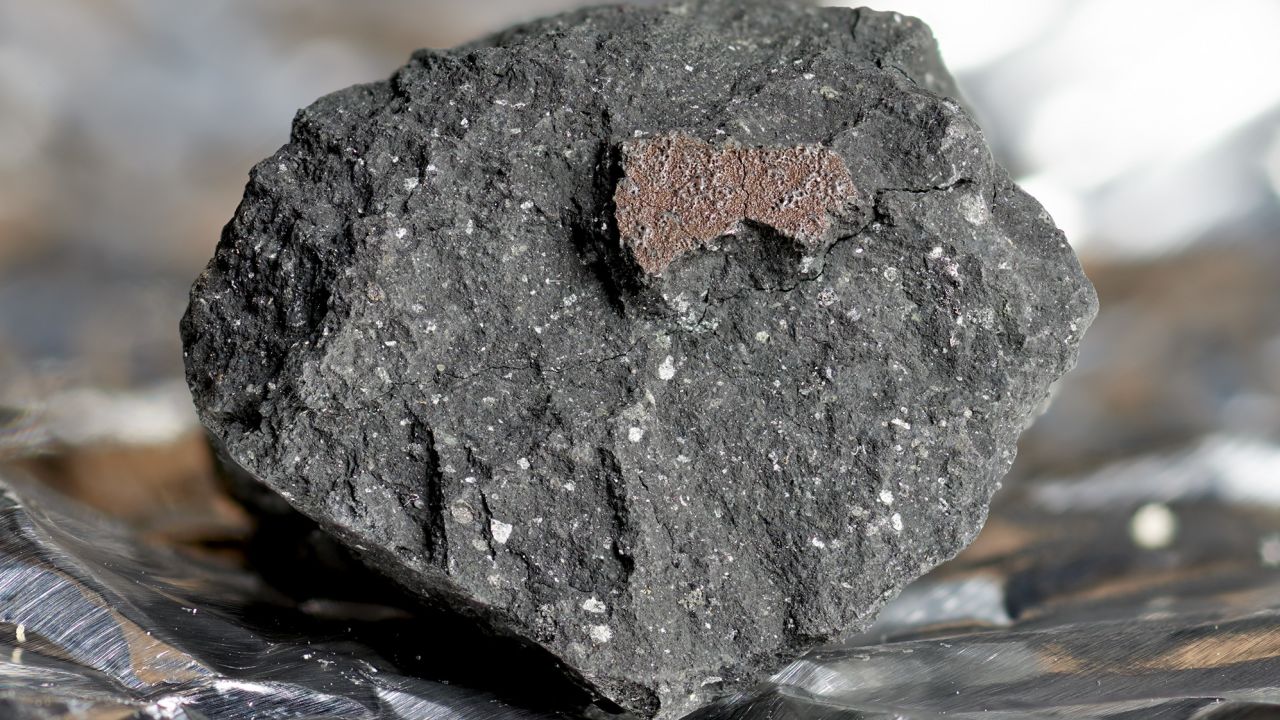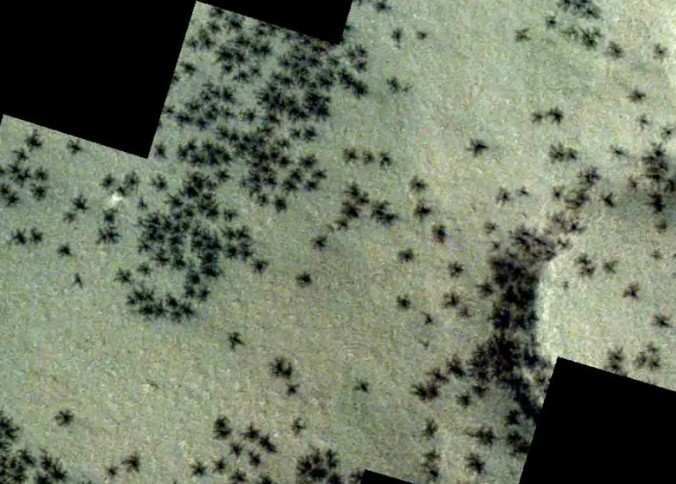LONDON (CNN) — If you’ve ever wondered where Earth’s water comes from, new research into a meteorite that fell into a family’s front yard in England last year may have the answers.
Researchers from the Natural History Museum in London and the University of Glasgow in Scotland have examined a meteorite found in Winchcombe, Gloucestershire, and found that it contains water similar to what is found on Earth.
“This is a crystal window into our early solar system,” Luke Daly, study co-author and professor of planetary geosciences at the University of Glasgow, told CNN on Thursday.
The study Published Wednesday in the journal Education Scientific advances Alien rocks may have brought vital chemicals like water to our planet billions of years ago, leading to the oceans and all life on Earth.
Approximately 71% of Earth’s surface is covered by water, and the oceans contain 96.5% water. According to the United States Geological Survey.
Photographs and chemical analysis of the Winchcombe meteorite revealed that it contains about 11% water and 2% carbon by weight, the first of its kind to be found in the UK.
The team measured the ratio of hydrogen isotopes in the water and found it closely resembled the composition of water on Earth, the Natural History Museum reported.
Extraterrestrial amino acids were also found in the rock extract, providing strong evidence that water and organic matter reached the planet via asteroids like the one that smashed Winchcombe.
The meteorite was identified as a CM carbonaceous chondrite, a type of stony meteorite with a high composition of pre-Solar System elements.

Specimens of the Winchcombe meteorite are now on public display at London’s Natural History Museum, Winchcombe Museum and The Wilson Art Gallery in Gloucestshire. Credit: Natural History Museum
With the help of the UK Fireball Alliance, the aim was to recover meteorites that had just fallen in the United Kingdom 12 hours after landing, so there was very little time for them to be replaced by the Earth’s atmosphere.
“We know everything inside is 100% extraterrestrial, including 11% water,” Daly said.
“Most CM chondrites contain ‘Earth-like’ water, but these rocks are altered and decomposed within days (or) weeks of being on Earth, so they look Earth-like because they’ve been soaked in rainwater or something like that,” he explained.
Natasha Almeida, curator of meteorites at the Natural History Museum and co-author of the study, said in a statement Wednesday that the “incredibly new specimen will be one of the oldest meteorites in collections around the world.”
Daly considers the discovery of the Winchcombe meteorite lucky. The size of a basketball, if it had traveled at a different speed or at a different angle, it would have all burned up.
He also says it’s a great collaboration with the UK Cosmochemistry Network, who “came together to give their all to the study of this rock.”
While this work is the first of many to prepare for the meteorite, Daly says it will keep them busy for years. “Of course there are many more stories and secrets that this very special stone holds,” he added.



:quality(85)/cloudfront-us-east-1.images.arcpublishing.com/infobae/SMPW7M5BQFERBOQUPJXKCOKARY.jpg)
:quality(85)/cloudfront-us-east-1.images.arcpublishing.com/infobae/NP5NEZXMZFGNLBHNEQJHPJVMKM.jpg)
